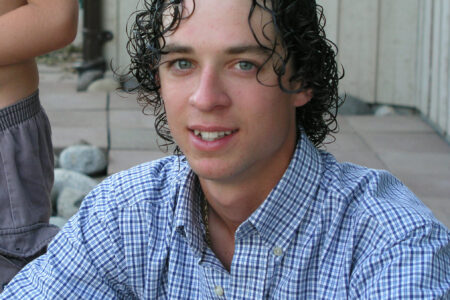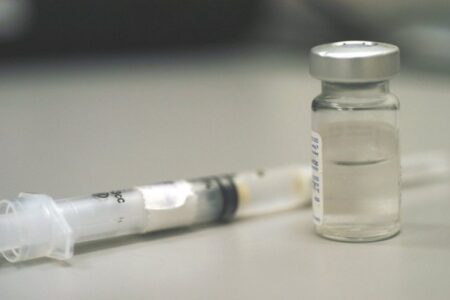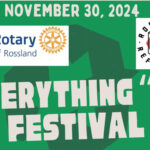ANALYSIS: Do you know what you're paying for? PART ONE—Putting the budget into perspective
Coun. Cary Fisher has taken Rossland’s budget to task, recently asking residents, “Do you know what you’re paying for?”
Fisher expressed dismay that many residents didn’t know where their taxes go. He pointed to the media to sound the alarm and called for the public to identify budget cuts before the annual budget cycle gets underway.
This is Part One in a three part series on the budget to address Fisher’s concerns. We use data drawn from the 2012-2016 Financial Plan as ratified by council earlier this year.
The Financial Plan is not necessarily easy to interpret. Line items are not always clearly explained and some items—such as city staff salaries—are often divided (or “loaded”) into different fund categories. We agree with Coun. Kathy Moore that there is a need for more easily-digested public information, perhaps in the form of pie charts as she suggested.
In the meantime we have built a simplified overview of some interesting budget facts with the following caveat: downtown renovation costs and financing are still unknown to the public. Moore’s repeated requests for updated project finances have gone unanswered. As this information comes to light, it will certainly have a great bearing on how the 2013 budget is formed.
Nevertheless, as the local media were publicly tasked by Coun. Fisher to help residents form their budgetary opinions, here we offer the available facts with a specific focus on 2011, the most recent year for which actual revenues and expenses are known.
One more caveat
City staff have been extremely busy with the conclusion of the Columbia-Washington project, so we’ve been unable for now to obtain answers to some questions that cropped up during this analysis, in particular seeming differences between the “summary” and “detailed” versions of the Financial Plan. Consequently, the numbers we quote below are drawn almost exclusively from the “detailed” version. We apologize in advance for any errors in interpretation we may have made.
Water and Sewer funds versus the General Fund
Right away, it’s important to know that three separate funds are accounted for: general, water, and sewer.
The General Fund is the city’s biggest account and covers the widest range of functions. It’s the one we’ll mostly deal with here.
Water and sewer services get revenues from parcel taxes, local service area taxes, development charges, grants, transfers, financing, and so on. We’ll treat them in more detail in Part Three, but the figures below should give an idea of the scale of these operations.
Water fund revenues
2011 Budget – $2,218,600
2011 Actual – $1,580,141
2012 Budget – $1,821,400
Water fund expenses
2011 Budget – $2,218,600
2011 Actual – $1,521,782
2012 Budget – $1,823,500
Sewer fund revenues
2011 Budget – $1,135.500
2011 Actual – $853,817
2012 Budget – $1,166,100
Sewer fund expenses
2011 Budget – $1,135,546
2011 Actual – $861,945
2012 Budget – $1,166,100
General revenues—taxes, grants, and more
Each year, Rossland hangs onto about $3.5 million of the taxes collected from residents, plus another $100,000 or so from taxes on utilities. About $3.1 million comes from residential property taxes and $2.3 million comes from single family residences in particular.
Total taxes collected that stay in Rossland:
2011 Budget – $3,665,624
2011 Actual – $3,656,576
2012 Budget – $3,674,624
In addition, Rossland collects about $3.3 million in taxes on behalf of a number of other government agencies such as schools, police, the regional district, both the Kootenay Boundary and West Kootenay Boundary hospitals, BC Assessment, and the Municipal Finance Authority. We clearly haven’t included these in the “total general revenue” below because these taxes leave Rossland.
Total taxes collected for others (not included in total revenue below)
2011 Budget – $3,327,100
2011 Actual – $3,256,196
2012 Budget – $3,368,200
Beyond taxes, Rossland hauls in more than $1 million from fees for permits, licenses, fines, and other sales for services, rentals, and so on.
Additional government revenues:
2011 Budget – $1,163,100
2011 Actual – $1,281,532
2012 Budget – $1,157,300
On top of these sources, Rossland gets grants from a variety of sources. Some of these “transfers” are unconditional—i.e., they’re not tied to particular projects or outcomes—but many others are conditional.
“Transfers” also include capital transfers and fundraising. For example, the 2012 budget for conditional transfers is grossly inflated relative to 2011, mostly due to $1.4 million from Ministry of Transport (MOTI) financing for Columbia Ave, $670,000 as a capital transfer for “swimming pool upgrades,” and $430,000 as “potential community fundraising.”
Note that groups such as the Sustainability Commission (SC) also apply for and earn grants that can enter the revenue stream. For example, in 2011, the SC earned a $26,938 grant to add to operating grants given to the SC by the city. This grant was accounted as part of the $457,389 in conditional transfer revenue for 2011.
Unconditional transfers:
2011 Budget – $468,200
2011 Actual – $614,920
2012 Budget – $318,200
Conditional transfers:
2011 Budget – $349,333
2011 Actual – $457,389
2012 Budget – $2,748,050
Internal transfers from previously established reserves and project funds also enter the revenue stream each year to pay for particular projects.
Internal transfers:
2011 Budget – $1,229,960
2011 Actual – $422,533
2012 Budget – $,1,128,650
Debt financing for major projects also counts as revenue:
Debt financing:
2011 Budget – $215,000
2011 Actual – $0
2012 Budget – $3,114,900
Total general revenue
In total, Rossland pulls in some $6.4 million each year to the General Fund.
This year, Rossland’s budget expected a total haul of some $12 million, but that includes the big anomalies noted above—MOTI financing ($1.4 million), the pool capital transfer ($670,000), and “potential community fundraising” ($430,000)—plus $1 million in “debt financing for swimming pool upgrades,” and $1.8 million in “debt financing for Columbia Ave. infrastructure.”
Total general revenue:
2011 Budget – $7,091,217
2011 Actual – $6,432,949
2012 Budget – $12,141,724
In 2011, 57 per cent of general revenue came from taxes, some 48 per cent came from residential property taxes, and 35 per cent from single family homes in particular. In other words, property taxes cover about 50 cents of every dollar the city spends on services other than sewer and water.
Coming right up…
Stay tuned for Part Two where we address city spending on community organizations and recreation to directly address Coun. Fisher’s suggestion for fat-cutting, belt-tightening, austerity measures.
In Part Three we look at the main costs for running the city.

























